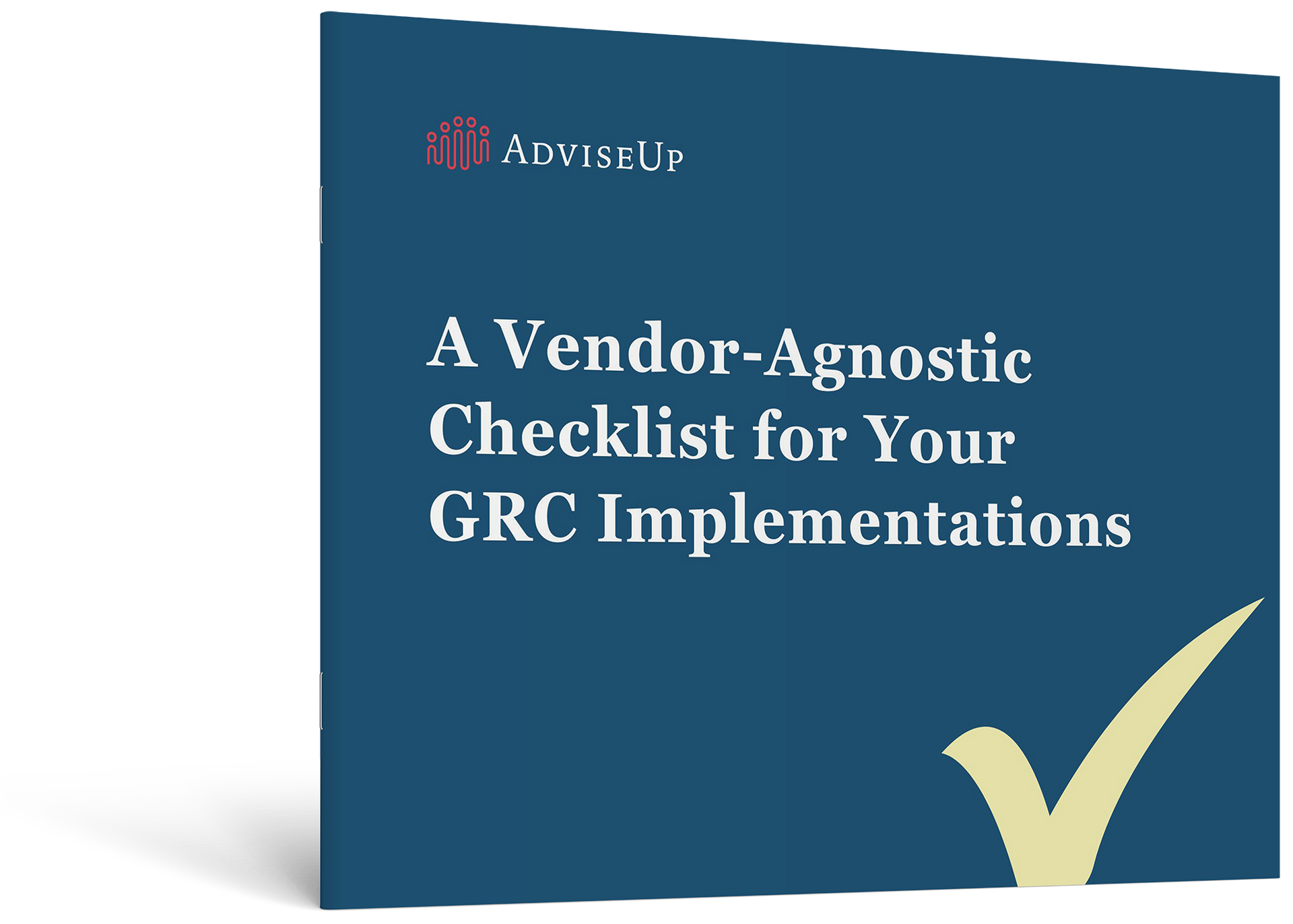Over-customized systems with low user adoption.
Choosing a GRC Tool? Here’s What to Look For (and What to Avoid)
Imagine your organization facing a sudden regulatory audit, followed by a data breach, and a pressing compliance deadline—all in the same week.
In today’s complex regulatory environment, organizations face constant pressure from surprise audits and compliance deadlines to data breaches and vendor risks. Without the right infrastructure in place, risk and compliance efforts become fragmented, manual, and reactive.
That’s where a well-chosen GRC (Governance, Risk, and Compliance) tool can make all the difference.
GRC tools help organizations centralize compliance, automate controls, and gain real-time visibility into risk, yet too often, companies rush into selection without a clear strategy. This can lead to tools that are poorly configured, underutilized, or ultimately abandoned.
We’ve seen this story play out before:
That’s why it’s critical to approach GRC tool selection strategically.
Here’s a preview of what we cover in our downloadable checklist:
Make the Right Choice the First Time
Selecting a GRC tool isn’t just a tech decision—it’s a critical part of your risk management strategy.
Get the complete checklist to guide your process and avoid costly missteps.
As industry audit leaders with firsthand experience implementing GRC tools, we know what it takes to choose the right solution for your organization’s unique needs. Our expert, unbiased guidance will help you streamline the selection, implementation, and monitoring processes.
By using this checklist, you’ll avoid common pitfalls, prioritize essential features, and ensure the tool you select not only meets your current needs but also scales for future growth. With our actionable insights, you’ll gain the confidence that your GRC solution will set your organization up for long-term success in managing compliance, risk, and governance.

A Vendor-Agnostic Checklist for Your GRC Implementation
Our checklist will help you select and implement the right tool.
Get the full insights—download our checklist now.






